PNC Bank 2012 Annual Report Download - page 163
Download and view the complete annual report
Please find page 163 of the 2012 PNC Bank annual report below. You can navigate through the pages in the report by either clicking on the pages listed below, or by using the keyword search tool below to find specific information within the annual report.-
 1
1 -
 2
2 -
 3
3 -
 4
4 -
 5
5 -
 6
6 -
 7
7 -
 8
8 -
 9
9 -
 10
10 -
 11
11 -
 12
12 -
 13
13 -
 14
14 -
 15
15 -
 16
16 -
 17
17 -
 18
18 -
 19
19 -
 20
20 -
 21
21 -
 22
22 -
 23
23 -
 24
24 -
 25
25 -
 26
26 -
 27
27 -
 28
28 -
 29
29 -
 30
30 -
 31
31 -
 32
32 -
 33
33 -
 34
34 -
 35
35 -
 36
36 -
 37
37 -
 38
38 -
 39
39 -
 40
40 -
 41
41 -
 42
42 -
 43
43 -
 44
44 -
 45
45 -
 46
46 -
 47
47 -
 48
48 -
 49
49 -
 50
50 -
 51
51 -
 52
52 -
 53
53 -
 54
54 -
 55
55 -
 56
56 -
 57
57 -
 58
58 -
 59
59 -
 60
60 -
 61
61 -
 62
62 -
 63
63 -
 64
64 -
 65
65 -
 66
66 -
 67
67 -
 68
68 -
 69
69 -
 70
70 -
 71
71 -
 72
72 -
 73
73 -
 74
74 -
 75
75 -
 76
76 -
 77
77 -
 78
78 -
 79
79 -
 80
80 -
 81
81 -
 82
82 -
 83
83 -
 84
84 -
 85
85 -
 86
86 -
 87
87 -
 88
88 -
 89
89 -
 90
90 -
 91
91 -
 92
92 -
 93
93 -
 94
94 -
 95
95 -
 96
96 -
 97
97 -
 98
98 -
 99
99 -
 100
100 -
 101
101 -
 102
102 -
 103
103 -
 104
104 -
 105
105 -
 106
106 -
 107
107 -
 108
108 -
 109
109 -
 110
110 -
 111
111 -
 112
112 -
 113
113 -
 114
114 -
 115
115 -
 116
116 -
 117
117 -
 118
118 -
 119
119 -
 120
120 -
 121
121 -
 122
122 -
 123
123 -
 124
124 -
 125
125 -
 126
126 -
 127
127 -
 128
128 -
 129
129 -
 130
130 -
 131
131 -
 132
132 -
 133
133 -
 134
134 -
 135
135 -
 136
136 -
 137
137 -
 138
138 -
 139
139 -
 140
140 -
 141
141 -
 142
142 -
 143
143 -
 144
144 -
 145
145 -
 146
146 -
 147
147 -
 148
148 -
 149
149 -
 150
150 -
 151
151 -
 152
152 -
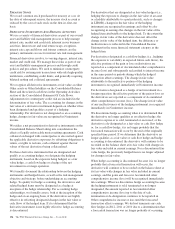 153
153 -
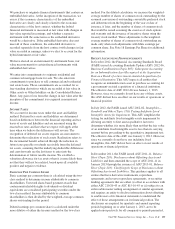 154
154 -
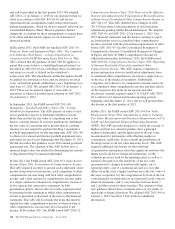 155
155 -
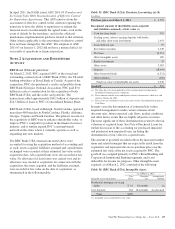 156
156 -
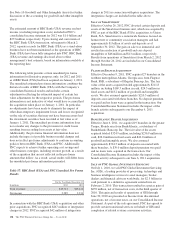 157
157 -
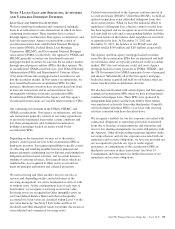 158
158 -
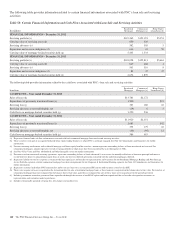 159
159 -
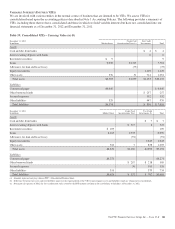 160
160 -
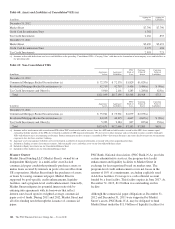 161
161 -
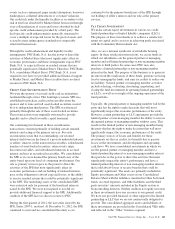 162
162 -
 163
163 -
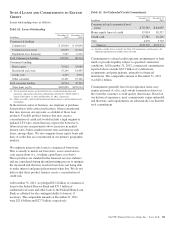 164
164 -
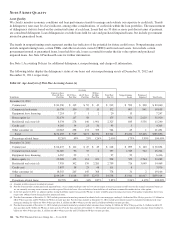 165
165 -
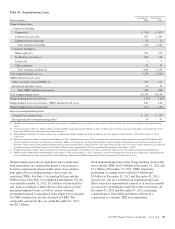 166
166 -
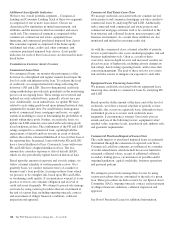 167
167 -
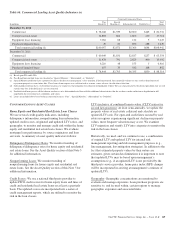 168
168 -
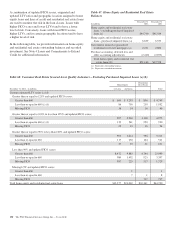 169
169 -
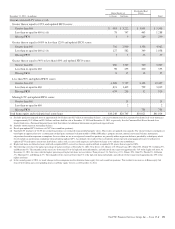 170
170 -
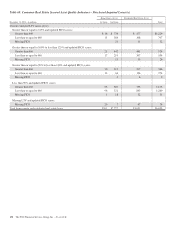 171
171 -
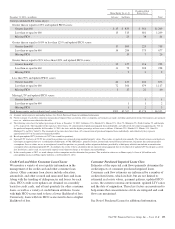 172
172 -
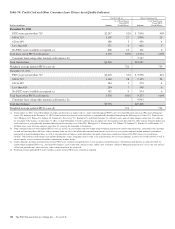 173
173 -
 174
174 -
 175
175 -
 176
176 -
 177
177 -
 178
178 -
 179
179 -
 180
180 -
 181
181 -
 182
182 -
 183
183 -
 184
184 -
 185
185 -
 186
186 -
 187
187 -
 188
188 -
 189
189 -
 190
190 -
 191
191 -
 192
192 -
 193
193 -
 194
194 -
 195
195 -
 196
196 -
 197
197 -
 198
198 -
 199
199 -
 200
200 -
 201
201 -
 202
202 -
 203
203 -
 204
204 -
 205
205 -
 206
206 -
 207
207 -
 208
208 -
 209
209 -
 210
210 -
 211
211 -
 212
212 -
 213
213 -
 214
214 -
 215
215 -
 216
216 -
 217
217 -
 218
218 -
 219
219 -
 220
220 -
 221
221 -
 222
222 -
 223
223 -
 224
224 -
 225
225 -
 226
226 -
 227
227 -
 228
228 -
 229
229 -
 230
230 -
 231
231 -
 232
232 -
 233
233 -
 234
234 -
 235
235 -
 236
236 -
 237
237 -
 238
238 -
 239
239 -
 240
240 -
 241
241 -
 242
242 -
 243
243 -
 244
244 -
 245
245 -
 246
246 -
 247
247 -
 248
248 -
 249
249 -
 250
250 -
 251
251 -
 252
252 -
 253
253 -
 254
254 -
 255
255 -
 256
256 -
 257
257 -
 258
258 -
 259
259 -
 260
260 -
 261
261 -
 262
262 -
 263
263 -
 264
264 -
 265
265 -
 266
266 -
 267
267 -
 268
268 -
 269
269 -
 270
270 -
 271
271 -
 272
272 -
 273
273 -
 274
274 -
 275
275 -
 276
276 -
 277
277 -
 278
278 -
 279
279 -
 280
280
 |
 |
For tax credit investments in which we do not have the right to
make decisions that will most significantly impact the
economic performance of the entity, we are not the primary
beneficiary and thus they are not consolidated. These
investments are disclosed in the Non-Consolidated VIEs table.
The table also reflects our maximum exposure to loss. Our
maximum exposure to loss is equal to our legally binding
equity commitments adjusted for recorded impairment and
partnership results. We use the equity method to account for
our investment in these entities with the investments reflected
in Equity investments on our Consolidated Balance Sheet. In
addition, we increase our recognized investments and
recognize a liability for all legally binding unfunded equity
commitments. These liabilities are reflected in Other liabilities
on our Consolidated Balance Sheet.
R
ESIDENTIAL AND
C
OMMERCIAL
M
ORTGAGE
-B
ACKED
S
ECURITIZATIONS
In connection with each Agency and Non-agency
securitization discussed above, we evaluate each SPE utilized
in these transactions for consolidation. In performing these
assessments, we evaluate our level of continuing involvement
in these transactions as the nature of our involvement
ultimately determines whether or not we hold a variable
interest and/or are the primary beneficiary of the SPE. Factors
we consider in our consolidation assessment include the
significance of (i) our role as servicer, (ii) our holdings of
mortgage-backed securities issued by the securitization SPE,
and (iii) the rights of third-party variable interest holders.
The first step in our assessment is to determine whether we
hold a variable interest in the securitization SPE. We hold
variable interests in Agency and Non-agency securitization
SPEs through our holding of mortgage-backed securities
issued by the SPEs and/or our recourse obligations. Each SPE
in which we hold a variable interest is evaluated to determine
whether we are the primary beneficiary of the entity. For
Agency securitization transactions, our contractual role as
servicer does not give us the power to direct the activities that
most significantly affect the economic performance of the
SPEs. Thus, we are not the primary beneficiary of these
entities. For Non-agency securitization transactions, we would
be the primary beneficiary to the extent our servicing activities
give us the power to direct the activities that most
significantly affect the economic performance of the SPE and
we hold a more than insignificant variable interest in the
entity. At December 31, 2012, our level of continuing
involvement in Non-agency securitization SPEs did not result
in PNC being deemed the primary beneficiary of any of these
entities. Details about the Agency and Non-agency
securitization SPEs where we hold a variable interest and are
not the primary beneficiary are included in the Non-
Consolidated VIEs table. Our maximum exposure to loss as a
result of our involvement with these SPEs is the carrying
value of the mortgage-backed securities, servicing assets,
servicing advances, and our liabilities associated with our
recourse obligations. Creditors of the securitization SPEs have
no recourse to PNC’s assets or general credit.
144 The PNC Financial Services Group, Inc. – Form 10-K
